Baking with yeast dough is challenging for many hobby bakers! The dough sticks or just doesn't want to rise? You need to know these tips for baking with yeast dough! They will make baking with yeast easier for you.
For many hobby bakers, baking with yeast dough is a big challenge. Often the dough doesn't rise and the pastry doesn't turn out as fluffy as described in the delicious recipes. Why is that? Today I'm sharing with you my tried and tested tips for your yeast dough. I also tested myself a lot and was able to learn from my mistakes. Here are my tips for baking with yeast dough:
1. Fresh yeast or dry yeast
What yeast do you use when baking? I have to admit that since COVID I have preferred dry yeast for two reasons: 1. it can be stored dry in the baking drawer for quite a long time and 2. there is no need to prepare a pre-dough, the dry yeast can simply be stirred into the dry dough ingredients . This is exactly what you should pay attention to so that your dough made with dry yeast rises well: The dry yeast must be well mixed with the remaining dry ingredients. Only when it is “everywhere” in the dough will the yeast dough rise evenly. For baking with fresh yeast you have to make a batch out of fresh yeast, a little sugar and handwarm liquid, which should form bubbles on the surface after 10 minutes, then you can mix the batch into the rest of the dough.
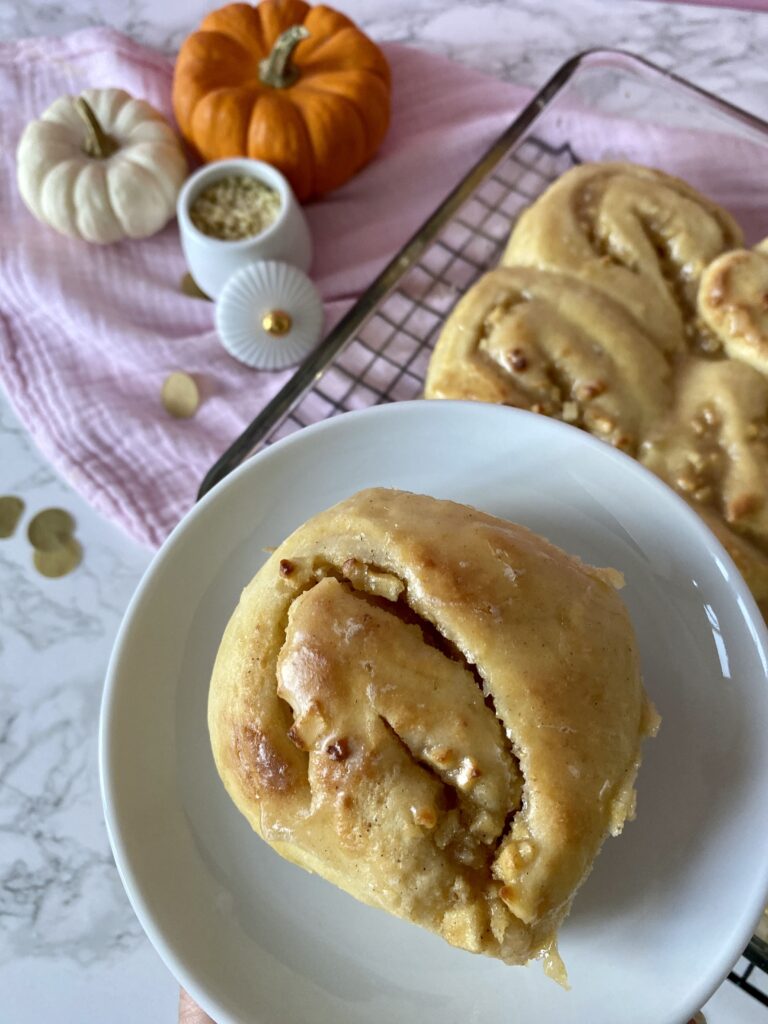
2. Yeast activity (stability)
Yeast is a small organism (a mini-mushroom) that only rises when it is still active. In other words, if it is still “alive.” Inactive yeast will not sprout and therefore you will probably not get a satisfactory baking result with expired yeast. So make sure that the yeast you used is not expiredbefore you use it for your dough.
3. Warmth, warmth and more warmth
Yeast likes it warm! Nice and cuddly! From beginning to the end! So yeast doesn't like it cold or hot, but warm... ideally warm (some people also say “hand warm”). This means that the ingredients that you process with the yeast must not have just come from the refrigerator. They should ideally be handwarm: handwarm water, handwarm milk, egg not from the fridge. I heat the liquids either in the microwave or on the stove before processing. Be careful, they must not be hot, but HANDWARM! If I forget to take the egg out of the fridge in time, I hold it briefly under warm water so that it is no longer too cold for the yeast. Room temperature is ideal for butter and eggs.
After kneading, the yeast dough likes to stay warm: covered with a dry tea cloth in a warm place, not in a drafty place. The yeast feels comfortable, for example, on a floor with underfloor heating or in a warm kitchen. But here too, she likes it warm, but not hot. So if you want to put it on the heater to let it rise, put a few drying towels under the mixing bowl so that the yeast dough doesn't “burn” from below!
The yeast also likes it warm during processing! Therefore, it should ideally not be used on cold marble worktops; it prefers warm ones, for example warm wood tops.

4. Warning: heat!
I think it's clear from the previous tip that yeast likes it WARM, but IN NO WAY HOT ! Heat kills the organism and the yeast will no longer rise. Therefore, always make sure that your yeast (before baking) does not come into contact with too much heat (>40°C)!
5. Knead until your arm hurts
Yeast dough needs your affection and time 😉 The yeast dough should be knead for a long time, maybe 8-10 minutes. Over time, the dough becomes more elastic and less sticky. Only when the yeast dough is nice and elastic has it been kneaded enough and you can give your arm a break. Of course, you can also leave the kneading to a food processor!
6. Let it rise twice
The yeast dough not only needs your affection and time, but also your patience! It doesn't want to rise just once, but twice. The first time, when you have kneaded the ingredients together, the yeast dough needs about 60 minutes of “rest” and the second time, after it has risen the first time, you have kneaded it briefly and brought it into its final shape ( divided into rolls, rolled into snails, etc.). In other words: before you bake it, let it rest or rise for another 30 minutes.
Little tip: I usually put my finished yeast dough in the oven that has not yet been preheated. So I use the time while the oven is warming up to let my yeast baked goods continue to “rise”. Of course, the baking time of the recipe only counts once the oven has heated up.
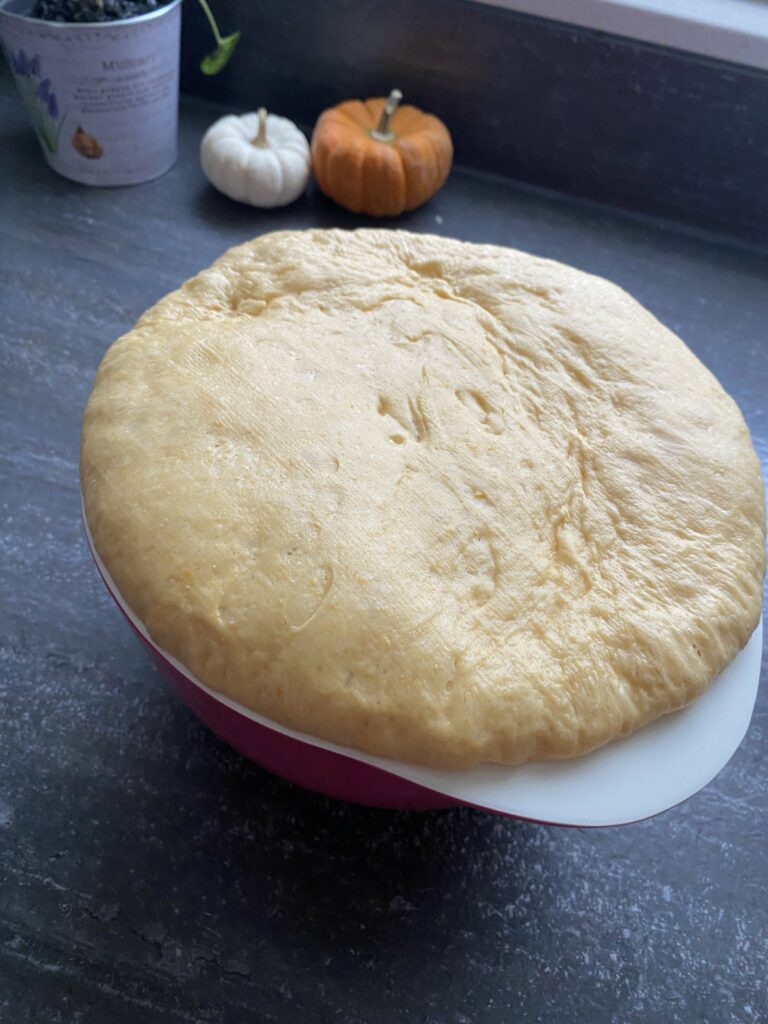
First aid for your yeast dough
You saw my tips for yeast dough too late and need rescue for your yeast dough. Here are my rescue measures for your yeast dough:
My yeast dough is sticking. What can I do?
Maybe you didn't knead your dough long enough? If this is already the solution, knead it a little longer. A yeast dough needs to be kneaded well (8-10 minutes).
If you have kneaded the dough for a long time but it is still sticky and not elastic, add a little flour in portions. Start with a tablespoon of flour (10g) and knead for another 2 minutes. The dough shouldn't be too dry, so work in batches. Do not use more than 50g.
My yeast dough is dry and crumbly. What can I do?
Your dough seems to have too little liquid. In order for the yeast to ferment well, it is important that it has enough liquid. If your dough is dry and crumbly, add a little more lukewarm liquid (water or milk, depending on the recipe). Here too, start with a small amount of one tablespoon. Then knead the dough for 2 minutes until the liquid is well incorporated into the dough. If the dough is still not elastic, repeat the process until the dough becomes elastic. But always remember: small amount of liquid and then knead well for 2-3 minutes! Don't make the mistake of adding too much liquid right away or your dough will be soggy!

My yeast dough doesn't rise. How can I save him?
Have you followed all the tips for yeast dough and your dough still doesn't rise? We won't give up so easily! There are other ways to get your yeast dough to “rise”.
With moisture and warmth: a steam bath for your yeast dough
Fill a tall baking tray with boiling water and place it on the bottom shelf of your oven. Then place the bowl with the dough covered with a dry towel in the middle of the tray and close the oven door. Now your yeast dough can enjoy a bit of wellness in the steam bath. The moist heat will help the yeast cultures develop and your dough should give up.
With a new approach: your yeast dough gets support
Another option is to support your yeast dough with a second batch of dough. To do this, mix a sachet of dry yeast, 250 ml of lukewarm water or milk, 2 tablespoons of flour and 1 tablespoon of sugar into a smooth mixture. Let this rise for 15-20 minutes until small bubbles form. Knead this second batch into your yeast dough and add flour until the yeast dough reaches the desired consistency. Now you let the dough rise for an hour and then you should be able to process your dough as desired!
Can my yeast dough also rise in the refrigerator?
The answer is very simple: yes, it just takes a little longer. If you need your dough (e.g. pizza dough) for the next day, you can prepare the dough the day before and then let it rise at room temperature for about 1 hour. Then put it in a tupperware container or bowl and cover it with cling film. It should rest in the fridge for 12-18 hours and the following day you will have a delicious, fresh yeast dough.
Delicious recipes with yeast dough
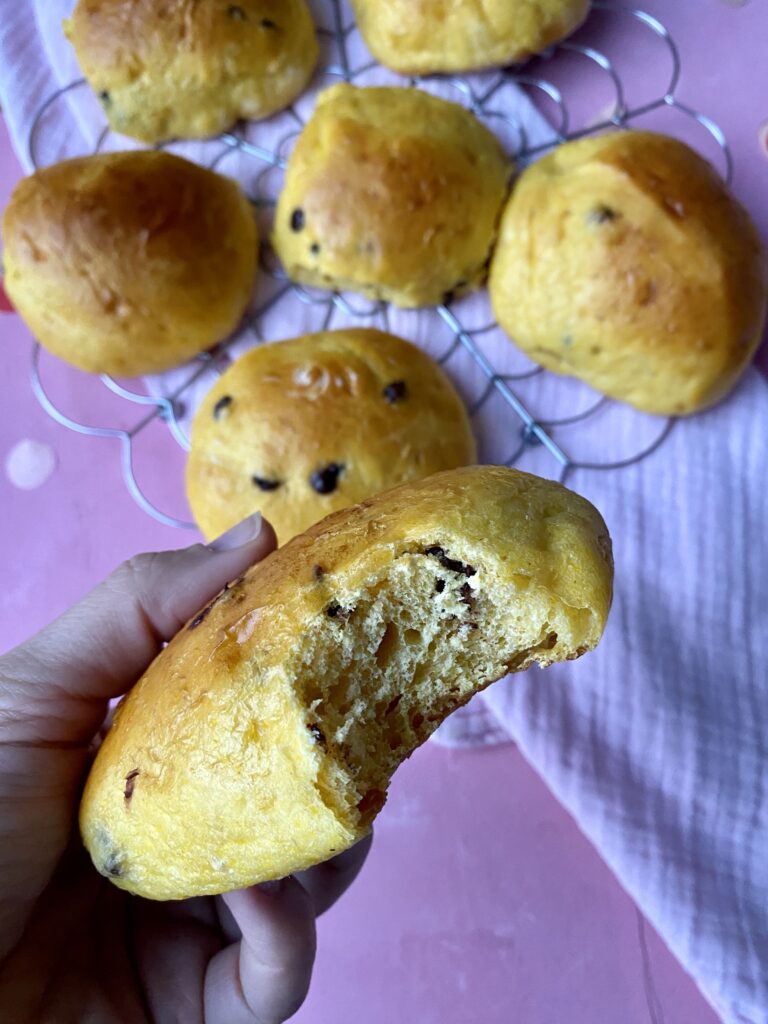
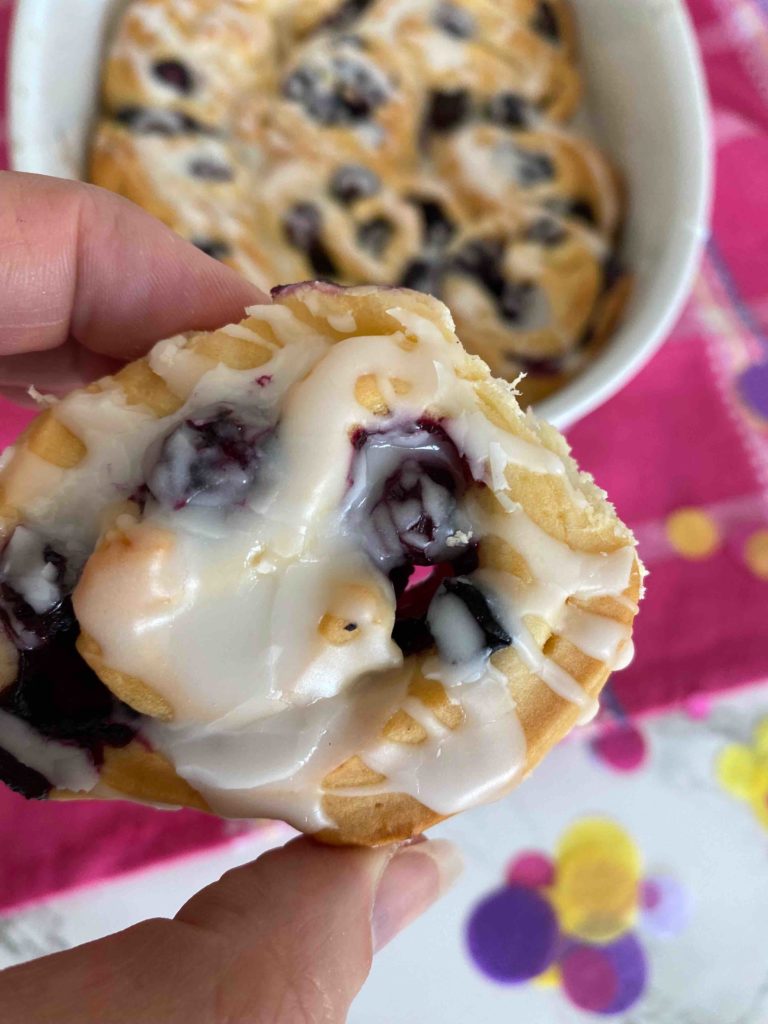
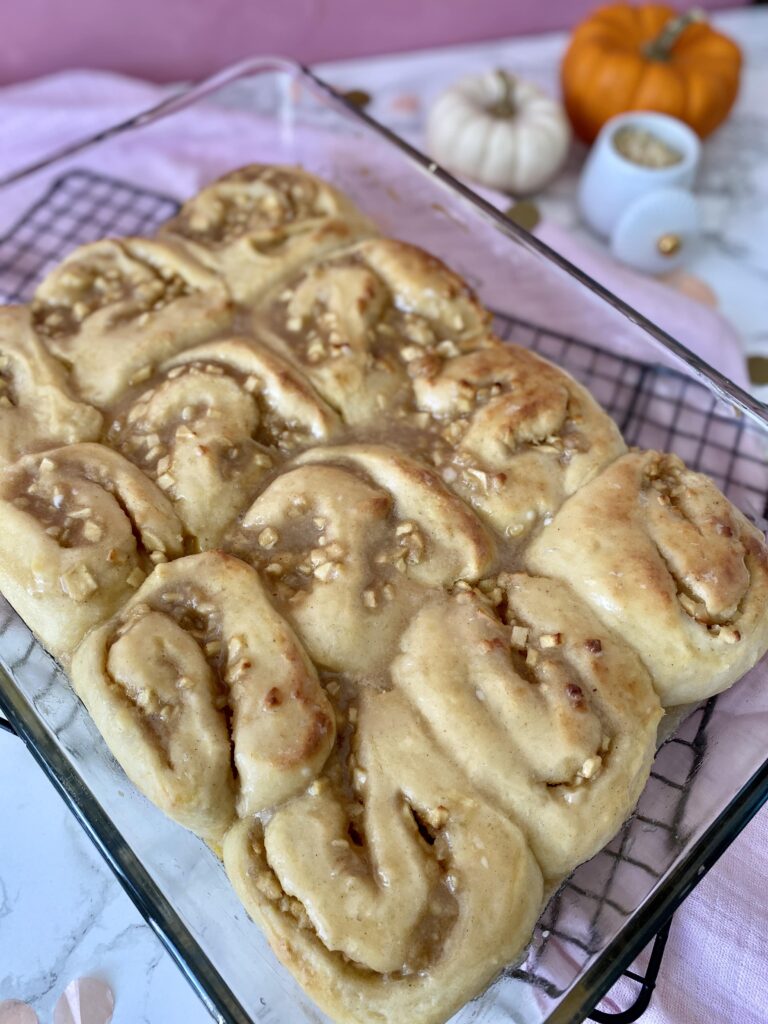


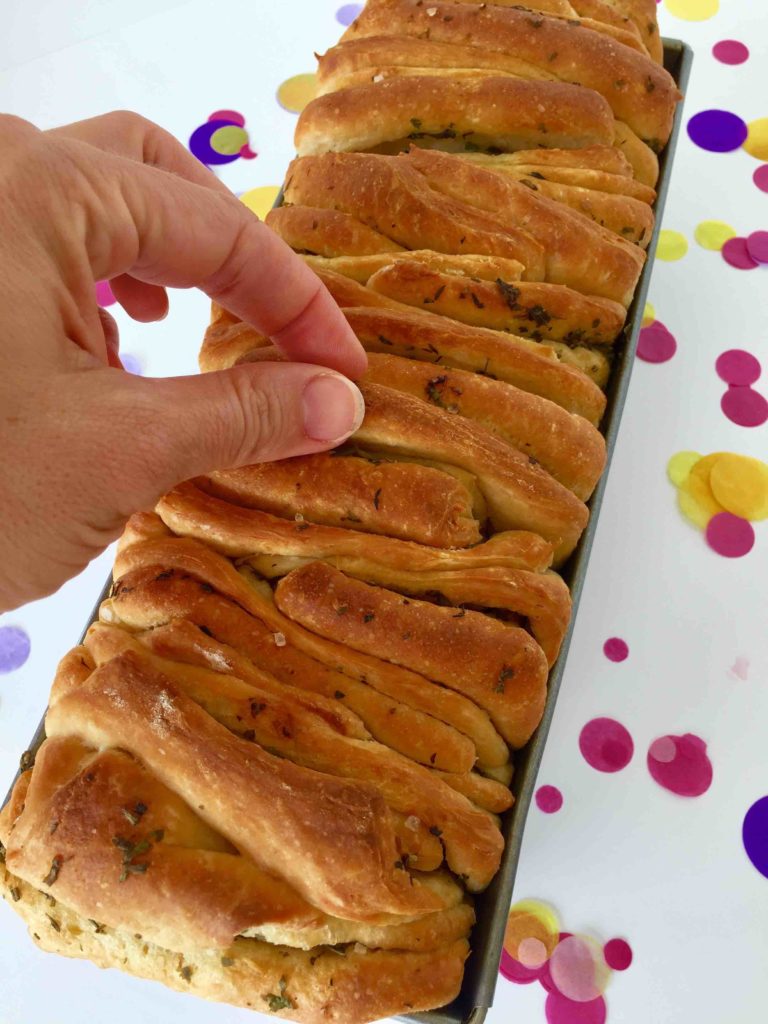



I hope that my tips for yeast dough and my rescue measures were able to help you achieve a smooth dough and a successful baking experience.
I hope you have fun baking and then enjoying it!
Yours, Lia
Have you baked the recipe?
How exciting! We're really happy about that! We are pleased that we were able to delight you with our recipe. Feel free to share your treat with us on Instagram using the hashtag #backenmitminis.
BAKING NEWS – The most delicious thing right in your inbox?
Sign up for our newsletter and be the first to hear about colorful recipe ideas, easy baking hacks and upcoming baking promotions!



